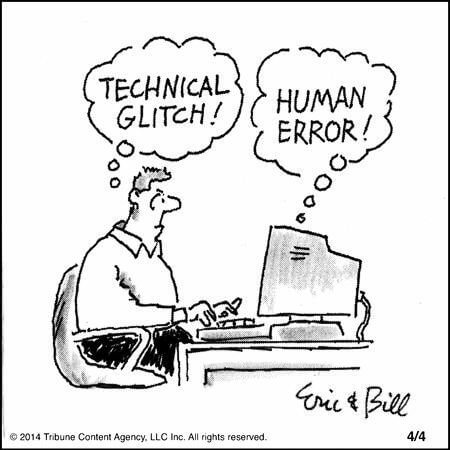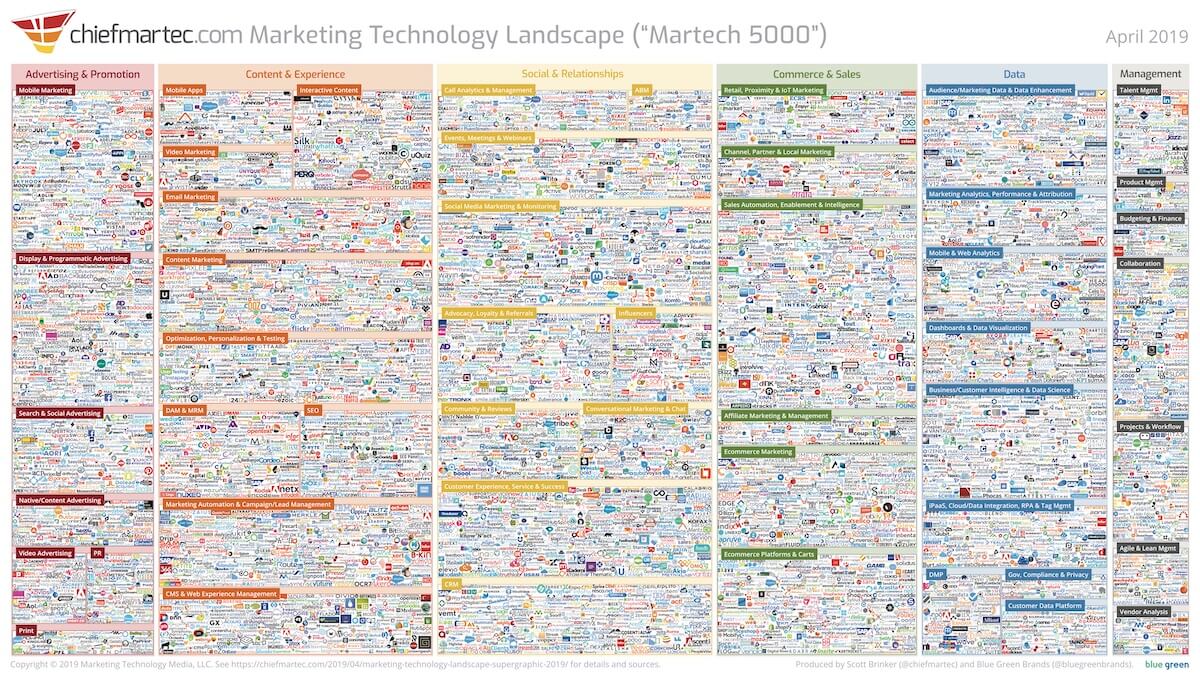Stop Fixing Your Paid Media Analytics: How to Automate Tracking
Given the priority and importance organizations place on digital media, why is such a large proportion of digital media spend – 40-60% – tracked ineffectively?
These tracking deficiencies have a measurable cost. Whether it be muddied insights into ad performance, piece-mealed reporting, or stunted optimization, the resulting poor data quality is a liability.
To help you understand why many organizations fall short on their digital media tracking, we identified some common roadblocks to effective media analytics. We also outlined which elements of the campaign process most often lead to tracking errors, and suggest key steps to avoid those mistakes through automation.
Media Analytics Roadblocks
In order to understand why even the most successful organizations are lagging in media tracking and analytics, it’s essential to understand the inherent challenges media organizations face when creating and executing campaigns.
1. Multiple steps and hand-offs
The responsibility to define, execute, and track digital media campaigns doesn’t stay in a single office. This process is potentially touched by media agencies, internal ad-ops teams, creative teams, analytics, and other stakeholders, who may not have the ability to communicate.
2. Expansion of platforms and channels
Available marketing technology solutions have ballooned from ~150 in 2011 to >7,000 in 2019.
This translates to an average of 120 marketing solutions used per enterprise, according to a 2019 Netskope report.
The expansion of platforms and channels involved in social media management as well as traditional media planning, execution, and tracking process adds more complexity. For every additional platform, new data structures and workflows are introduced. For example, mobile advertising adds complexity to ad campaigns for SMS, display, in-app, social, and other channels.
3. Ensuring analytics and reporting
Efforts have to be made to ensure the organization collects data to report on at the end of the campaign. Ensuring metadata flows to the correct analytics and reporting later is manual, burdensome, and might include:
- Validating correct tag application
- Ensuring tracking code taxonomy compliance
- Live landing page checks
4. Metadata Storage
Metadata (which could include tracking codes, campaign details, customer demographics, etc.) is usually created, managed, and stored in spreadsheets. All of this information is eventually loaded into media and analytics platforms. Spreadsheets are also a source of human error: the volume of ad iterations involved in media campaigns ultimately leads to mistakes at each step.
The status quo
The challenges, and chances to make mistakes, involved with media tracking lead many organizations to settle for a process that doesn’t ensure rich or consistent data.
Instead they:
- Run spot checks, manual page tests, and other inefficient processes
- Accept that some data will be lost or poor quality – and need to be cleaned up after campaigns are done
Unfortunately, this mindset doesn’t help brands deliver optimal experiences, creates friction between agencies and brands, and restricts unified campaign insights.
Weakest Links in The Process

After an organization decides on strategy and sets objectives for a campaign, a media campaign usually starts by creating an insertion order (IO). IOs include details like the campaign budget and other basic parameters. Those details get exported into a trafficking sheet based in Excel. Teams or agencies populate the data fields for each ad variation within this sheet. These fields are usually populated in bulk or through formulas. An example of this is tracking code generation, which could be created through a macro based on fields relating to each ad.
Example of Ad campaign data fields:
- Campaign name
- Ad set
- Ad name
- Creative ID
- Campaign tracking code
Although this process might seem simple on paper, populating traffic sheets is a painstaking process, and human error at key points can compound data quality issues at the end of the campaign.
For example:
- Mistakes during data entry create inconsistent tracking codes and landing page URLs
- Inconsistent codes and URLs don’t capture necessary metadata
- The volume of lines for each ad iterations complicates data quality checks
- Loss of valuable meta-data disrupts campaigns views downstream
Depending on the size of a campaign, a traffic sheet may include hundreds or thousands of lines for each ad iteration, multiplying the challenge of manual checks and validation.
After the trafficking sheet is complete and populated, placements, creatives, and URLs are organized in a media buying platform. Tags are created and loaded into a publishing ad server. Tracking codes and metadata should be uploaded into an analytics platform before the campaign is live. Campaign results and data will flow depending on how accurately campaign details were input at the beginning of this process.
Closing the Gap with Automation
The major weakness of a typical media campaign process is, ultimately, the margin for error allowed by the large volume of manual data entry across teams and platforms. In order to eliminate those errors and ensure the veracity of media data, the source of the data has to be governed.
After populating a trafficking sheet, a governance platform can:
- Ingests, validate, standardize metadata
- Confirm that tags, codes, and pages are ready
- Append missing data
- Bulk export metadata to demand-side platforms (DSPs) with the required structure
- Centrally manage changes to and consistency of taxonomies
Addressing the manual elements of the media campaign process with automation expedites the launch of digital experiences and ensures granular, correct data for analysis.
Conclusion
Despite best efforts, manual data entry, spot checks, and post-campaign data cleansing efforts will never produce the quality data needed to optimize campaign insights and deliver the best-in-class brand experiences consumers expect.
Automated governance platforms meet the demands of the constantly changing digital media landscape – creating transparency across enterprise teams and agencies and ultimately closing the tracking gap for digital media spend and attribution.
To learn more about this topic, get a copy of Claravine’s Media Tracking Guide.




